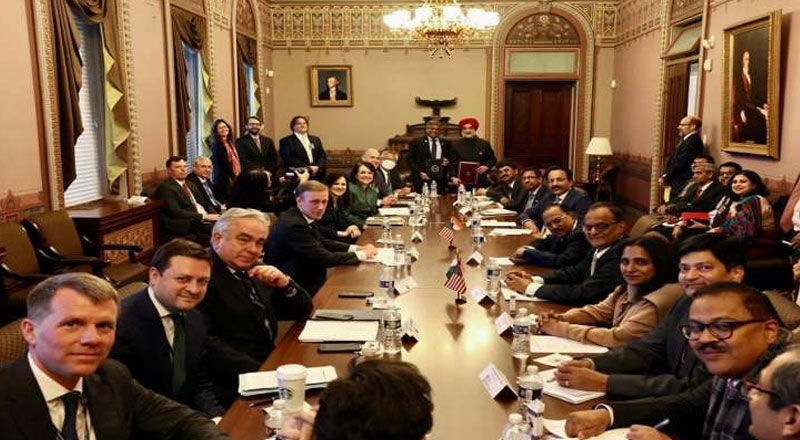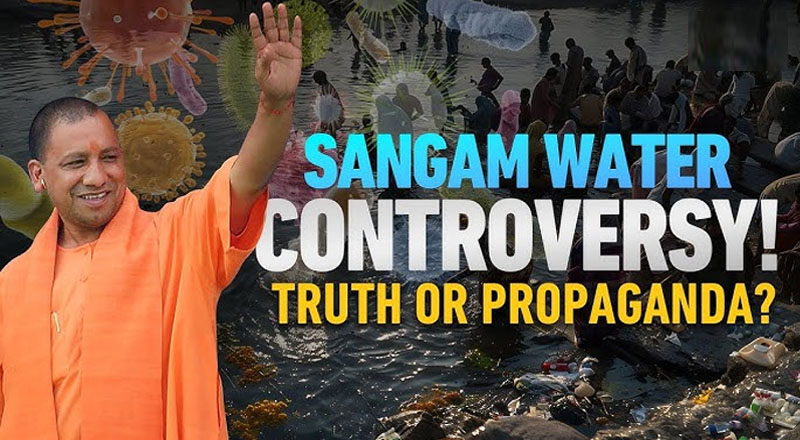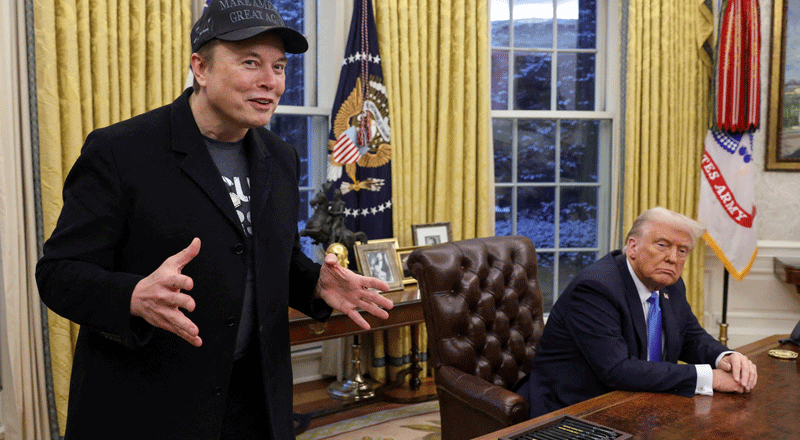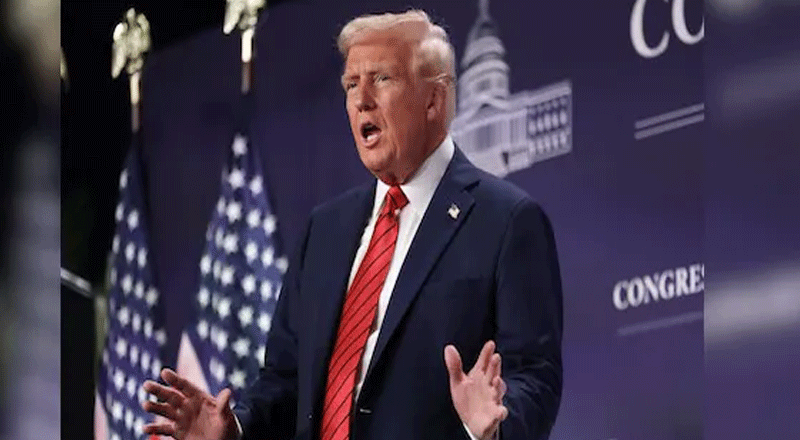iCET is being launched at the direction of US President Joe Biden and Prime Minister Narendra Modi who after their Tokyo meeting in May 2022 had announced to elevate and expand the strategic technology partnership and defense industrial cooperation between the governments.
India and the United States have elevated their strategic partnership with the launch of the initiative on Critical and Emerging Technology or iCET, the White House said as National Security Advisor Ajit Doval met his US counterpart Jake Sullivan.
“We are committed to fostering an open, accessible, and secure technology ecosystem, based on mutual trust and confidence, that will reinforce our democratic values and democratic institutions,” the White House said in a fact sheet following the conclusion of the iCET inaugural meeting between Doval and Sullivan on Tuesday.
iCET is being launched at the direction of US President Joe Biden and Prime Minister Narendra Modi who after their Tokyo meeting in May 2022 had announced to elevate and expand the strategic technology partnership and defense industrial cooperation between the governments, businesses, and academic institutions of the two countries.
“The United States and India affirm that the ways in which technology is designed, developed, governed, and used should be shaped by our shared democratic values and respect for universal human rights. We are committed to fostering an open, accessible, and secure technology ecosystem, based on mutual trust and confidence, that will reinforce our democratic values and democratic institutions,” the White House said.
Doval and Sullivan were joined by high-level officials from both sides in the meeting.
The US delegation included the Administrator of the National Aeronautics and Space Administration, Director of the National Science Foundation, Executive Secretary of the National Space Council, and senior officials from the Department of State, Department of Commerce, Department of Defense, and National Security Council.
The Indian delegation included Ambassador of India to the United States, the Principal Scientific Advisor to the Government of India, Chairman of the Indian Space Research Organization, Secretary of the Department of Telecommunications, Scientific Advisor to the Defense Minister, Director General of the Defence Research and Development Organization.
Senior officials from the Ministry of Electronics and Information Technology and the National Security Council Secretariat also participated in the talks.
The two sides discussed opportunities for greater cooperation in critical and emerging technologies, co-development and co-production, and ways to deepen connectivity across our innovation ecosystems.
They noted the value of establishing “innovation bridges” in key sectors, including through expos, hackathons, and pitch sessions.
They also identified the fields of biotechnology, advanced materials, and rare earth processing technology as areas for future cooperation, the White House said.
“This is about taking those (existing) kinds of efforts to a different level and having it come from first and foremost from President Biden and Prime Minister Modi, from the leader level directly down to their national security advisors helps to energise our respective bureaucracies and establishments that this is a serious business and that we need to ensure that we are eliminating obstacles and barriers that stood in our way in the past and moving forward because a strategic decision that both countries have decided is for mutual benefit, really for the benefit of the world,” a senior administration official told a group of Indian reporters after the conclusion of the inaugural session of the iCET dialogue.
Following the dialogue, a senior administration official said, they expect an intensified pace of high-level engagements along the way.
The first category is focused on strengthening innovation ecosystems in both India and the US.
As part of this, the two countries announced a new invitation arrangement for a partnership between the National Science Foundation and the Indian science agencies to expand collaboration in a range of areas including artificial intelligence, quantum technologies and advanced wireless technologies.
This was signed by the principal Scientific Adviser of India, the National Science Foundation director at the White House.
The arrangement also announced the establishment of the joint Indo-US Quantum Coordination mechanisms that will facilitate greater collaboration between consortium of leading researchers and quantum industry players in the United States with their counterparts in India.
“We will accelerate some work to develop common standards and benchmarks for trustworthy artificial intelligence, work together in related standards and technical standards bodies,” said a senior administration official, noting thhigh-performance of the two countries to promote collaboration on high performance computing, including by working whigh-performance to lower barriers to the US exports to India for high performance computing technologies.
On the defence side, the iCET announced a new bilateral defence industrial cooperation roadmap that will be intended to accelerate defence technology cooperation for joint development and production with an initial focus on exploration related to jet engines and other technologies.
The official noted that the United States has received an application from General Electric to jointly produce jet engines that can power jet aircraft operating conditions in India.
The US is committed to an expeditious review of that application, he added.
There are other items in the defence bucket as well, such as launching a new innovation bridge to connect the US and India.
“On semiconductors, the US has welcomed the establishment of Indian National Semiconductor Commission, sees our shared interest in diversifying semiconductor supply chains globally, as well as enhancing the flow of talent between both countries given the United States also with its chips bill is focused on semiconductor manufacturing and research and development,” the official said.
“We are going to welcome a new task force that’s organised by the US Semiconductor Industry Association in partnership with the India Electronic Semiconductor Association to develop a readiness assessment and identify opportunities for industry to cooperate for industry in the United States semiconductor industry here to invest in Indian and support the national mission there.
“They will make recommendations both to our Department of Commerce which runs the US CHIPS programme as well as India’s semiconductor mission.
That task force will also report to the US FDA commercial dialogue on space,” the official said.
“On space, we strengthen our cooperation on human spaceflight by establishing a new exchange to include advanced training for Indian astronauts at NASA Johnson Space Center, which is very exciting. We’re also looking at ways to identify opportunities for commercial space actors in both countries to collaborate, especially with respect to activities led to NASA’s Commercial lunar payload services project,” he said.
The NASA administrator is scheduled to travel to India later this year.
As part of iCET is the exciting initiative in higher education where the administration welcomes a task force that’s being led by the Association of American Universities in conjunction with Indian counterparts to make recommendations for research and university partnerships in consultation with leading Indian universities including the Indian Institutes of Technology, the official said.
This, he said, the US hopes will lay the groundwork for an extended presence of American universities in India, more research exchange and student exchanges.
Finally, the two sides announced a new public-private dialogue on advanced telecom and related regulation, as well as new cooperation on research and development and technologies, the official said.
(With inputs from PTI)





